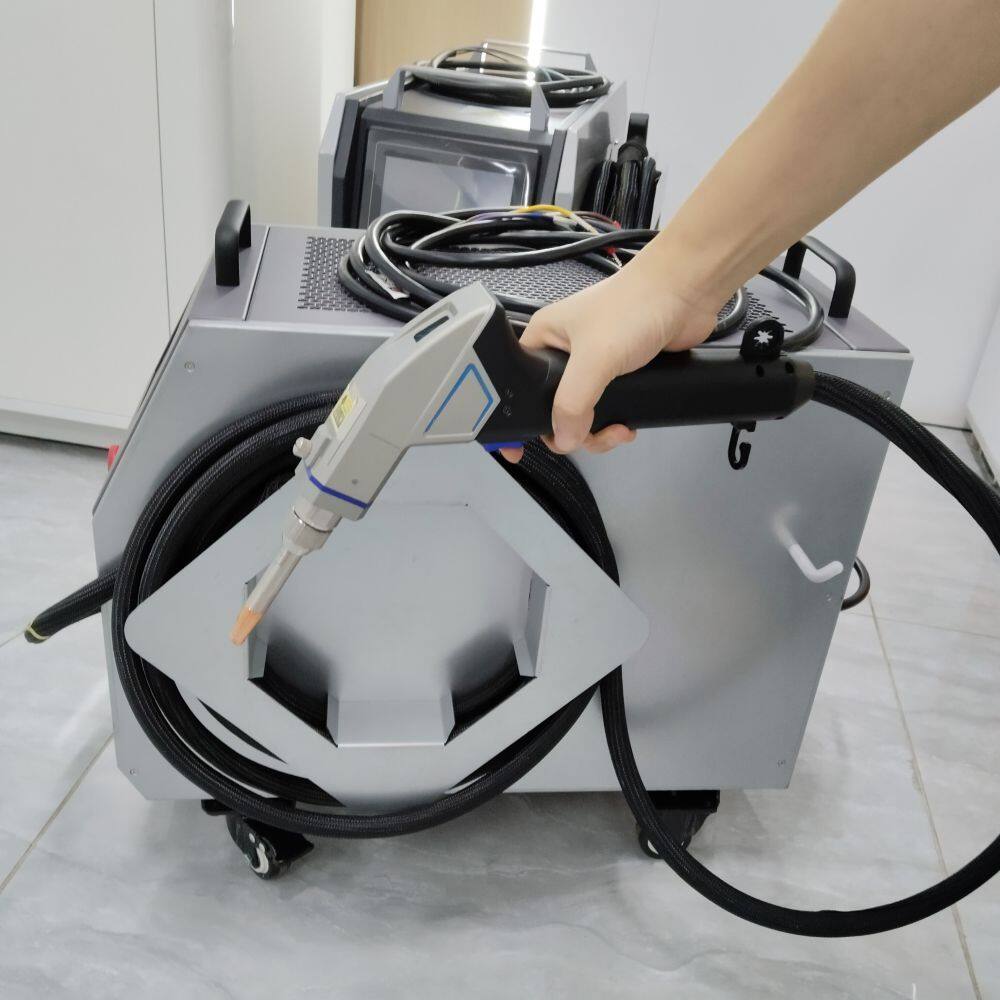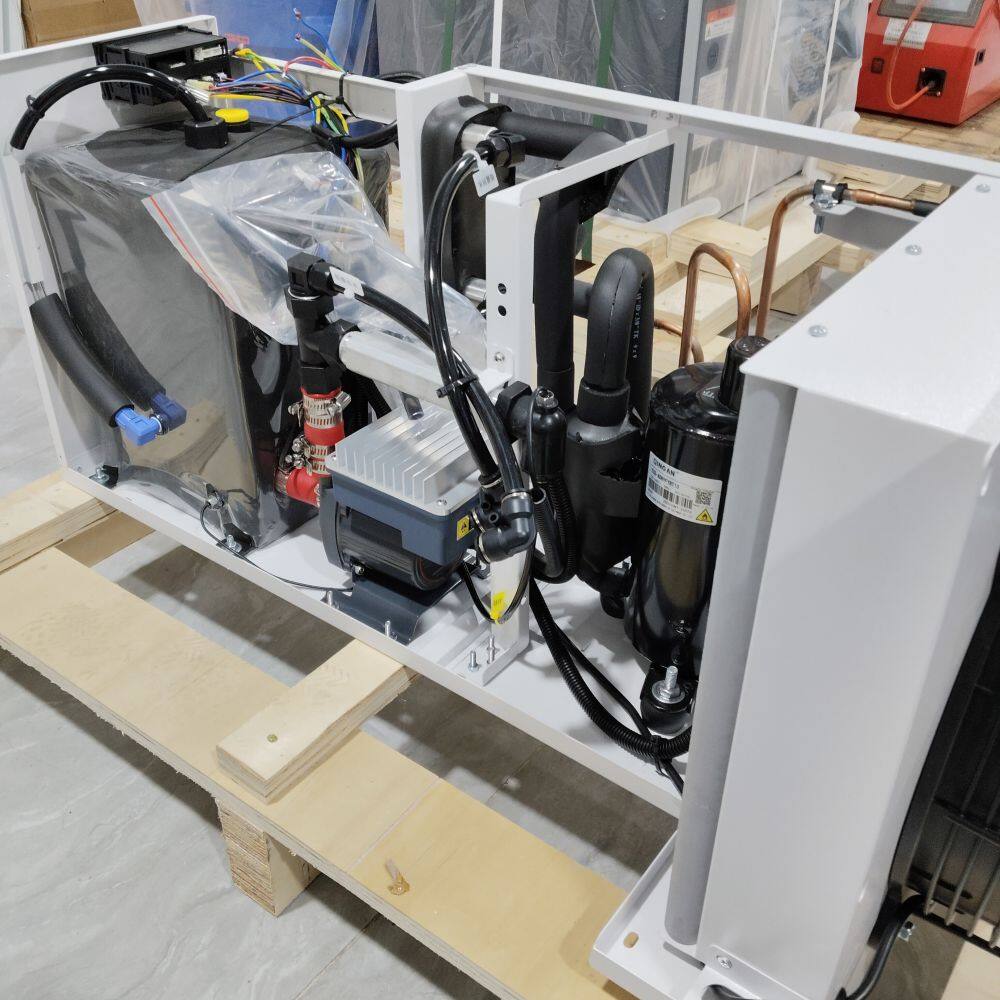-
 惠
Hi there! Welcome to my shop. Let me know if you have any questions.
惠
Hi there! Welcome to my shop. Let me know if you have any questions.
Your message has exceeded the limit.

How Laser Welding Machines are Revolutionizing the Automotive Industry
2025-08-11 14:53:55
The automotive industry is undergoing a massive transformation, driven by advancements in laser welding technology. As
manufacturers seek faster, more precise, and eco-friendly production methods, laser welding machines have emerged as a game-changer.
From automotive body welding to battery assembly for electric vehicles (EVs), laser welding delivers unmatched efficiency, durability, and
cost savings.
✔ The latest laser welding machine innovations in car manufacturing
✔ Key benefits like high-speed welding, precision joining, and reduced material waste
✔ Real-world case studies of leading automakers using fiber laser welders
✔ A beginner’s guide to integrating automated laser welding systems

1. How Laser Welding Machines are Transforming Automotive Manufacturing
Why the Auto Industry is Switching to Laser Welding
Traditional welding methods like spot welding and MIG welding are being replaced by high-power laser welding machines due to:
✅ Faster production speeds – Laser welders operate at up to 100 meters per minute, reducing cycle times.
✅ Superior weld quality – Minimal heat distortion ensures stronger, cleaner joints in car body panels, exhaust systems, and EV battery
packs.
✅ Automation compatibility – Robotic laser welding systems integrate seamlessly with Industry 4.0 smart factories.
Case Studies: Automakers Using Laser Welding Successfully
Tesla – Uses fiber laser welding machines for aluminum battery casing assembly, improving structural integrity.
BMW – Implements laser hybrid welding for lightweight carbon fiber components.
Toyota – Adopts automated laser welding cells to enhance precision in chassis manufacturing.
2. Key Benefits of Laser Welding in Automotive Production
① Unmatched Precision & Strength
Laser beam welding achieves micro-level accuracy, crucial for sensor housings and electrical connections.
Non-contact welding reduces contamination, perfect for EV lithium-ion battery welding.
② Higher Efficiency & Cost Savings
Fiber laser welders consume 30% less energy than arc welding, lowering operational costs.
Automated laser welding robots reduce labor expenses and increase throughput.
③ Eco-Friendly Manufacturing
No filler materials mean less waste, supporting sustainable automotive production.
Lower emissions compared to conventional welding methods.

3. Beginner’s Guide to Laser Welding in Automotive Applications
How Does Laser Welding Work?
A laser welding machine uses a high-intensity laser beam to melt and fuse metals. Common types include:
Tags: Laser welder, Laser welding, Handheld laser welding


